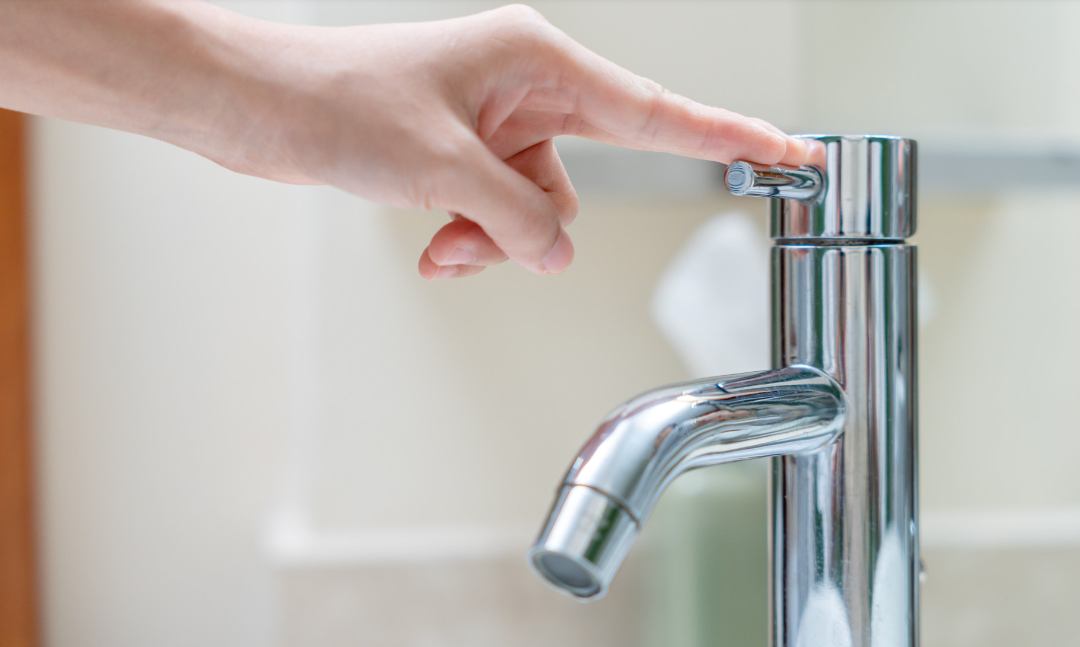In recent years, the effects of climate change have made us increasingly aware of how precious water is and how often it is wasted.
Many sustainable structures today adopt water preservation techniques. In this article, we’ll look at some examples:
-
Rainwater Harvesting:
This solution uses a system of tanks to collect rainwater, combined with water from roof gutters.
The collected, lime-free water can be used for various purposes, such as watering gardens or washing the structure’s linens.
-
Greywater Recycling:
A very effective and significant measure is the use of greywater recycling, which involves purifying water from showers and sinks and putting it back into the local water system through a filtration system.
This measure is often used by establishments that can afford the necessary expenses to create such a system.
-
Hot Water Recirculation:
Hot water recirculation systems use wastewater from showers and pools to heat the structure during the winter, reducing water, energy, and fossil fuel consumption.
While these technologies are costly, they have the advantage of preserving the environment and reducing your structure’s impact on nature.
-
Cold Water Recirculation:
Similar to hot water recirculation, this technology collects cold water circulating in drains. Rainwater or water stored in underground tanks is then used to cool the structure during the summer, drastically reducing electrical consumption.
This type of system doesn’t use polluting gases and is more durable over time due to its simple components.
-
Timed Faucets:
Timed faucets use a sensor that activates when someone approaches to open the water for a limited time, preventing unnecessary waste. These faucets can be used in various spaces in the house, such as the kitchen, bathroom, terrace, etc., significantly reducing water consumption and lowering utility costs for homeowners.
-
Low-Consumption Toilet Tanks:
Traditional toilet tanks discharge an average of 6 to 9 liters of water with each use. This amount, when calculated for a household of 6 to 8 people, can lead to high consumption. High-efficiency tanks, on the other hand, use only 2 or 4 liters of water, literally halving water consumption.
Le cassette ad alta efficienza invece utilizzeranno solamente 2 o 4 litri d’acqua, dimezzando letteralmente i consumi.
-
Energy-Efficient Appliances:
Using new, energy-efficient appliances and ECO programs can save a considerable amount of water and electricity. Equipping an apartment with a dishwasher will provide additional savings compared to handwashing dishes.
Implementing these systems not only ensures a smaller environmental impact but also a reduction in water expenses in the long run. The government offers various incentives for the implementation of these technologies.
Want to simplify the management of your short-term rental?
Discover how we can help you maximize your earnings and simplify the management of your property.
BOOK YOUR FREE CONSULTATION NOW!

